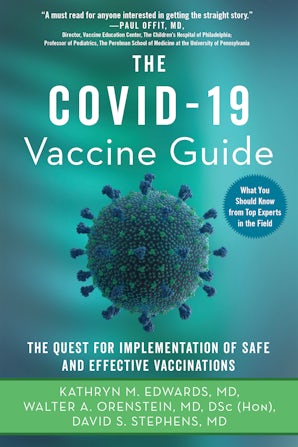The Covid-19 Vaccine Guide. The Quest for Implementation of Safe and Effective Vaccinations
A book that explains all the details of one of the greatest achievements in medical research,
In the United States, in just over 11 months, two mRNA vaccines were developed and manufactured in parallel, tested in phase 1, 2, and the phase 3 large clinical trials, found to be safe and efficacious, and distributed initially in December 2020 to healthcare workers and residents of long-term care facilities, followed by those over 65 and with underlying medical conditions in January 2021. The story of that remarkable scientific and manufacturing accomplishment is described later in this chapter.
Why do these vaccines work? What is an immune correlate of protection? Vaccines are designed to induce a human immune response that prevents individual disease and may prevent or shorten individual infections. Much of the background for SARS-CoV-2 vaccines was initially based on the research on SARS-CoV infections, which in 2003 caused a global outbreak in 26 countries, the work on another novel coronavirus MERS, the long-term studies of other coronaviruses, and the work on other respiratory viruses such as respiratory syncytial virus (RSV).
In addition to individual protection, vaccines may also induce community or “herd” protection by decreasing transmission of the virus from one individual to another. We know that the two initial mRNA vaccines prevent illness with 94–95% efficacy in individuals. However, we do not yet know if they prevent infection or transmission.
